What’s Your Data Moment?


Have you recently stepped into an emotional discussion at work where both parties were arguing for their own point of view, but neither one had credible data to make their case?
Such scenarios always make me think of the late Swedish physician Hans Rosling and his wonderful organisation, Gapminder, which is the public face of an independent educational non-profit fighting global misconceptions. He often says in his responses to incorrect answers that we should beware not to jump to conclusions based on certain preconceptions. Everyone’s reaction in areas rich for potential misconception tends to be overly dramatic.
That’s why I encourage data leaders to think about a programme like the one we have launched at JLL, called Data Moments. Data Moments are a series of quick communications, usually consisting of just two or three slides or paragraphs with visuals, which we use in presentations, newsletters, or anything that has a wide circulation to our data users. The goal is to encourage people to consider how they use and think about data in different situations. We don’t use any client data, so it’s easy to share any Data Moment across all client teams.
A perfect example, from Rosling, is the Gap Instinct. This refers to the human tendency to divide things into two distinct and often conflicting groups and imagine a gap between them that really isn’t there. For example, you can look at exam results in the UK and say, “Hey, the scores have gone down. There must be some kind of crisis.” Yet those of us who are old enough to know realize that scores have been trending upward for 30 years, so one or two off-years doesn’t represent a catastrophe. Yet without that other set of data to balance your reaction, you have an erratic reaction rather than a data moment.
Other Data Moments might introduce the comparison between data literacy and health literacy; i.e., use your gut instinct and subject matter knowledge as well as data in order to make a data-informed but not purely data-driven decision. Or real-life examples of the importance of understanding percentage points versus percentages, or the different kinds of averages.
With Data Moments, we’re trying to introduce caveats for data storytelling and encouraging people to come forward with bite-sized bits of good data practice. This two-minute or two-slide moment is meant to remind people of something that affects us all. We also see this as a good vehicle of getting people to think about data without even realizing that they’re doing it. That’s often when some of the best learning happens.
What’s a data moment you’ve had recently?







